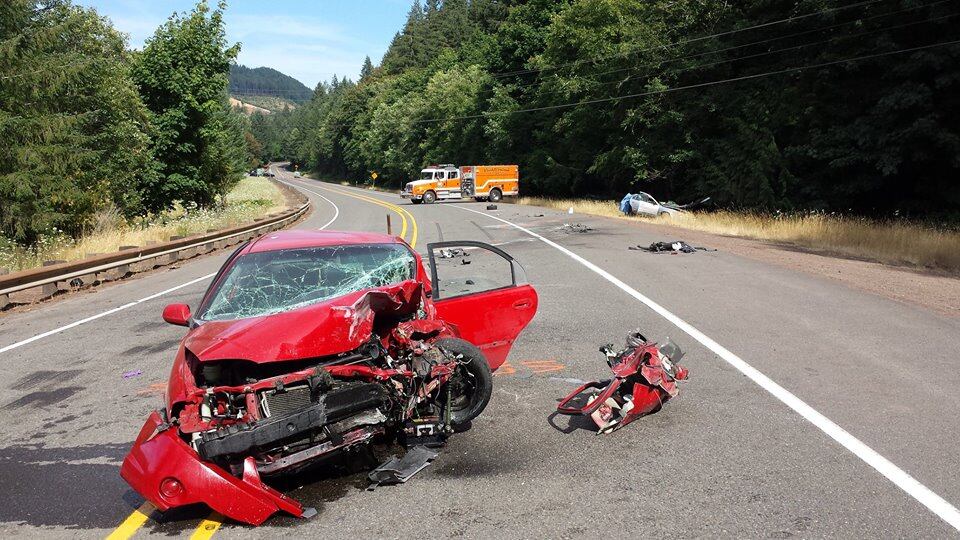One of the biggest accomplishments of the recent legislative session was the passage of a $5.3 billion transportation funding package, which Gov. Kate Brown and other proponents say will address the state's long-neglected roads and bridges and begin to address traffic congestion.
But Portland economist Joe Cortright, a persistent and methodical critic of the state's approach to transportation spending, says the focus of the new money gives short shrift to an urgent problem—the alarming increase in deaths on Oregon roads. Writing at the City Observatory blog, Cortright dissects an Oregon Department of Transportation report that will serve as background for billions of dollars in new investments, including proposed major projects on I-5 and Highway 217.
In addition to casting doubt on ODOT's basic strategy of addressing congestion by adding highway capacity, Cortright notes that the new spending will do little to further the goal of reducing and eventually eliminating traffic deaths, a policy called Vision Zero.
"The really bad news–which you also won't find mentioned in the ODOT 'performance' report–is the fact that not only are we not making progress on Vision Zero, we're losing ground in a big way," Cortright writes. "Oregon is currently experiencing an epidemic of roadway deaths. Fatalities on Oregon roadways are up 58 percent since 2013. Crashes killed 495 Oregonians in 2016, up from 313 in 2013."
But the focus of the transportation package is on big highway projects, which aren't a leading cause of fatal crashes. Instead, state figures show, a disproportionate number of deaths occur on secondary roads and city streets.
"Freeways aren't the most dangerous roads, they're the safest. And congested freeways have fewer serious crashes than less congested ones," Cortright concludes. "This new performance report makes it clear that the Oregon Department of Transportation is an agency that's gung-ho to spend money on extremely expensive projects to widen highways, but doesn't seem to be doing anything to prioritize its investments to the kinds of locations that are killing and injuring increasing numbers of Oregonians."
